So many people desire to have a lush green lawn in front of their dream houses.
A yard with a garden of fruits and flowers add life to any stony construction. However, maintaining a healthy green lawn can be quite challenging.
Several problems stand in the way of you possessing the lawn of your dreams. These problems can be some form of the disease, poor quality of soil, unavailability of proper sunlight, pest attacks, improper drainage or improper mowing techniques.
Featured Image via Fauzan Saari@fznsr_
Here is a detailed guide to improving your lawn that we believe will help keep your lawn in 10/10 shape.
How to Improve Your Lawn
-
Keep Your Lawn Well Aerated
Compaction of soil is a common problem. It happens over time due to repeated movement of heavy vehicles, regular mowing and even continuous human moment. Compaction makes the earth non-porous. Due to this, roots rot, absorption of water and nutrients lessen considerably and soil fauna such as earthworms decreases.
It is quite essential to aerate the soil at least once a year. Aerating the soil means punching or digging holes into the ground throughout the area. Machinery or manual tools can do it. Homeowners with small to medium sized lawns can opt for a handheld manual soil diggers.
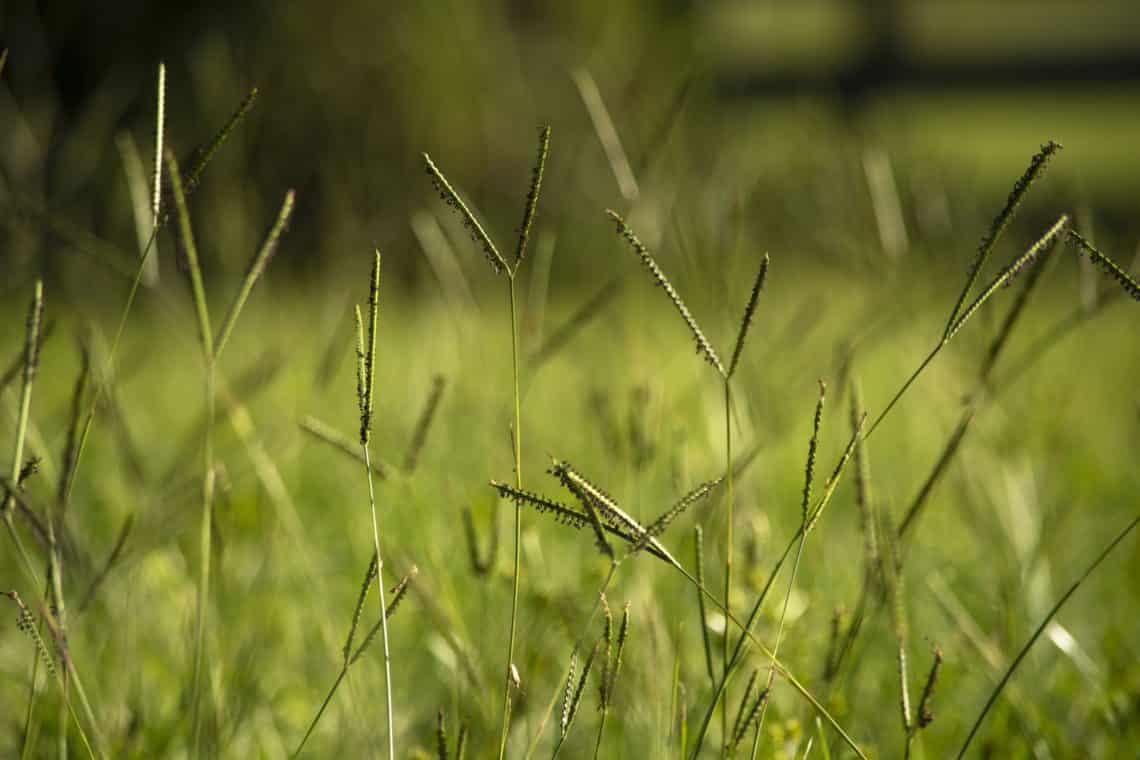
Image via Suzanne D. Williams@scw1217
Aerating restores the porosity of the soil. This aids in better percolation of water, absorption of nutrients. Gradually, even the soil fauna resettles back. It makes the soil healthy and self-sustained.
The aeration holes should not be more than three inches deep and not done more than a year. It will otherwise make the soil loose causing erosion due to wind and water. Try this miraculous tip and watch your lawn flourish!
-
Keep the Acidity of the Soil in Mind
For maintaining a healthy green lawn, you need to know mother earth. As much as external care is essential, the importance of rootage never becomes sapless. Keeping the bed has always been important to build up and shine.
pH is a physical property of matter which measures the acidity or basicity of the substance. It is a number which decides whether the concerned matter is acidic or basic. The outlook of the grass can be widely deceptive and can deviate you from the internal health of the soil.
It is proven that grass doesn’t like the shortage of acidity and is inclined towards the acidic nature of the soil. There are multiple ways to increase the sharpness of the land if it doesn’t match your desired acidity of the soil. Applying acidic substances to soil can effectively bring change to the pH.
Grass generally prefers a pH of 6 to 7. The result will be good if this range can be maintained throughout.
-
Irrigate Intensely and Less Often
It is a widespread yet wrong practice of watering lawns frequently but lightly. Light watering is a very inefficient process of irrigation as it gets easily evaporated. Thus, it does not meet the very purpose of watering.
Studies suggest heavy and deep watering of lawn at a reduced frequency of application. What happens due to this is the water percolates deep into the soil thus making it available to roots. Because of this, the roots adapt to growing deeper which in turn results in healthier and greener turf.
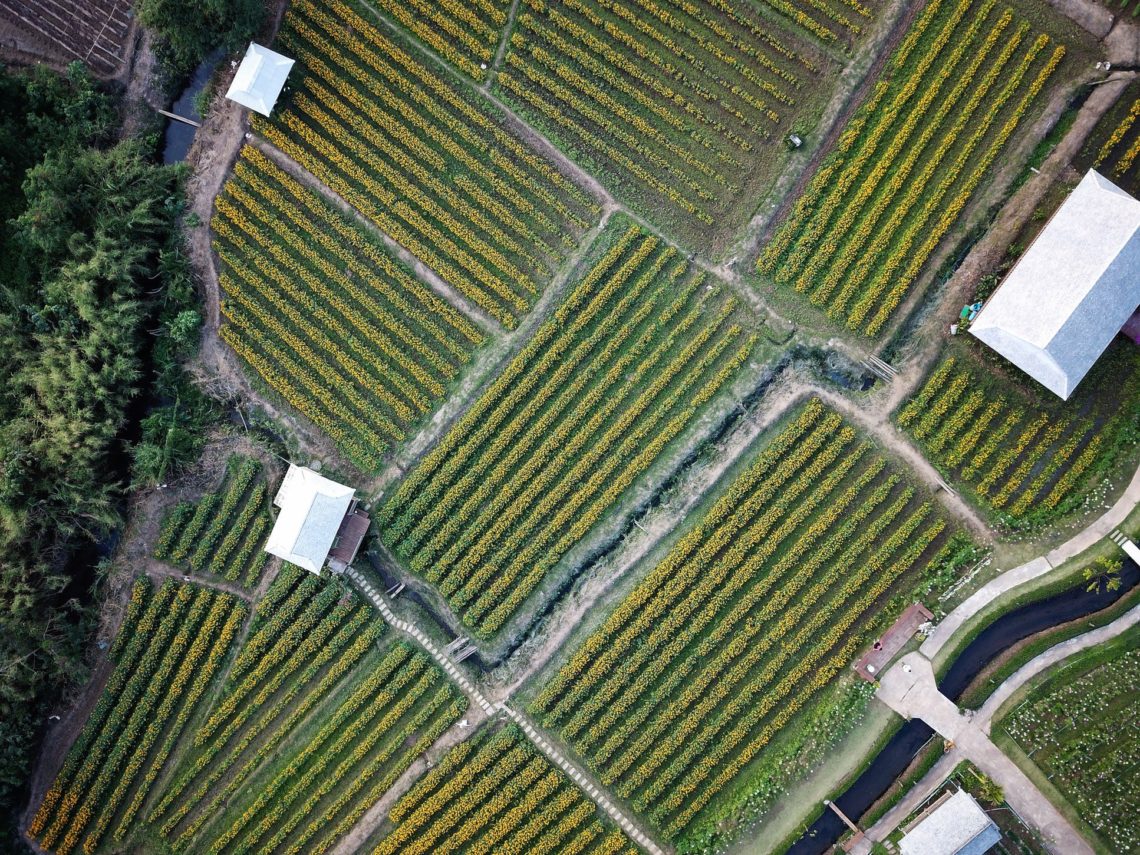
Image via Jordan Opel@opeleye
It also makes them resistant to dry weather conditions and removes patchy look from lawns.
There are a few scientific ways to determine the correct moisture need of your soil. It depends on various conditions like soil type, soil porosity, soil moisture content, temperature, geographic location, slope, rainfall, humidity, etc. You can manually check the moisture content by digging up to a certain depth or use a laboratory testing kit to analyse it.
This scientific watering technique will bring back your patchy lawn to life!
-
Know the Time of the Year
Any action brings out the best result if done at the right time. One such thing is knowing the fertilizing time of your lawn for receiving the best and healthiest result.
If it’s possible and affordable, one should fertilize the lawn in every three months a year. Though it is not strictly mandatory to maintain this routine. To get the best outcome, autumn can be considered the best time to fertilize your land. Autumn is that time of the year when heat of summer begins to fade away, and winter prepares to make an entry.
This time of the year remains cool and calm. The plants start to become dormant, and that is the reason why it is the excellent time of the year to do our job. The fertilizers which are applied at the autumn multiply their effect because the plants tend to become dormant. The plants start to reserve nourishment for winter and begin to grow.
-
Water and Fertilize Shady Areas Less and Reseed
Patchy lawns are any gardener’s nightmares. They can be a result of too much shade hence, less exposure to sunlight. The most common mistake one can do when it comes to attending patches is over watering and over fertilizing the areas.
These areas do not require a lot of water or nutrients. It is because, due to shade and less sun exposure, the evaporation of the available water is slower. Too much water availability can be a bad thing as it tends to rot the roots of the grass.
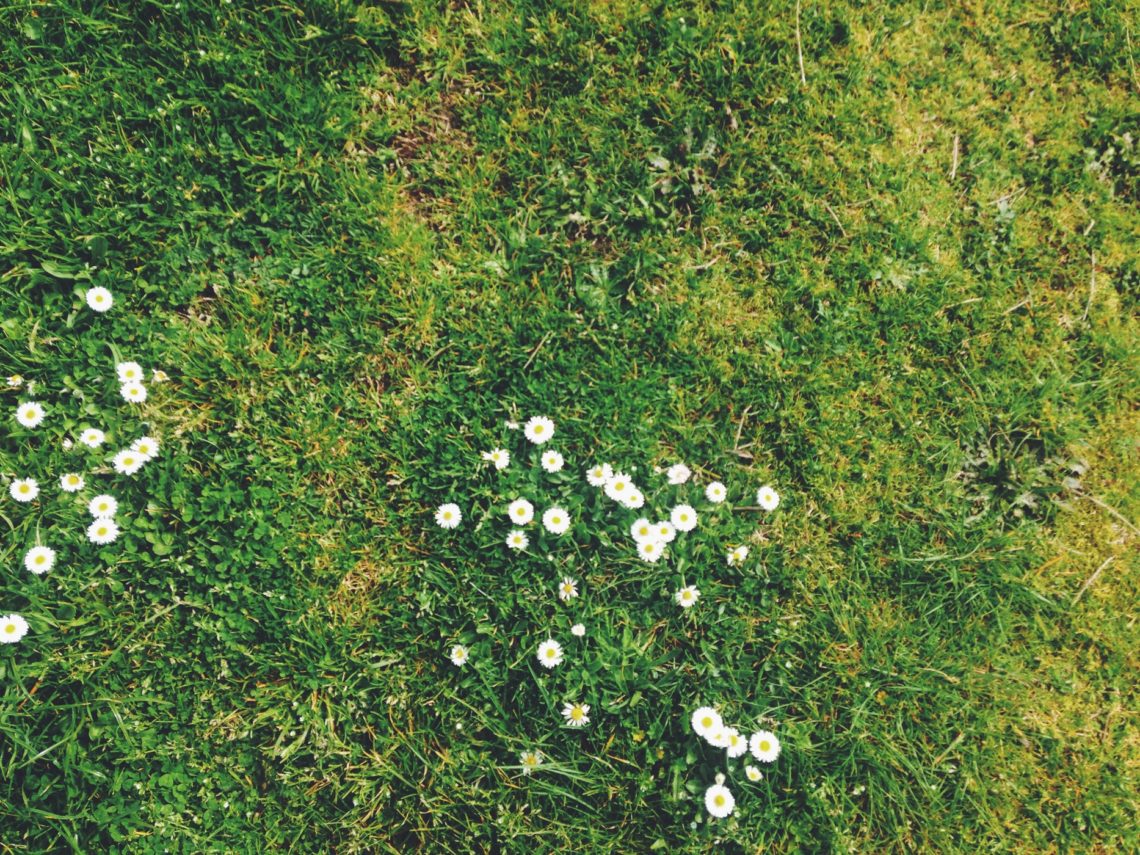
Image via Eric Lagergren@ericlagergren
Similarly, even nutrient demands are also less in these shady areas. Due to undergrowth of grass, the applied nutrients do not get used up entirely, and the further application will saturate the soil with salts and mineral. The excessive water further worsens the condition by creating a saline solution and settling in these areas causing salinification.
Re-seeding is an excellent way to revive these patchy unhealthy areas in your lawn. Even if under-grown, the sheer density of grass will use up the accumulated water and nutrients and fill them up.
You can opt for grass seed finder remodeling for professional assistance on maintenance and re-seeding of lawns.
-
Know Your Chemicals
The growth spurt of your lawn is accelerated by the right use of the tools it requires. One such device is fertilizer which is instrumental in enhancing the health of the greenery. It is always helpful if the science about them can be known and applied thereby.
Knowing the fertilizer means knowing its structure and the accurate and appropriate time of applying them. Structure means knowing the NPK ratio, i.e., the percentage ratio of Nitrogen, Phosphorus and Potassium ratio by amount. This ratio is essential to maintain.
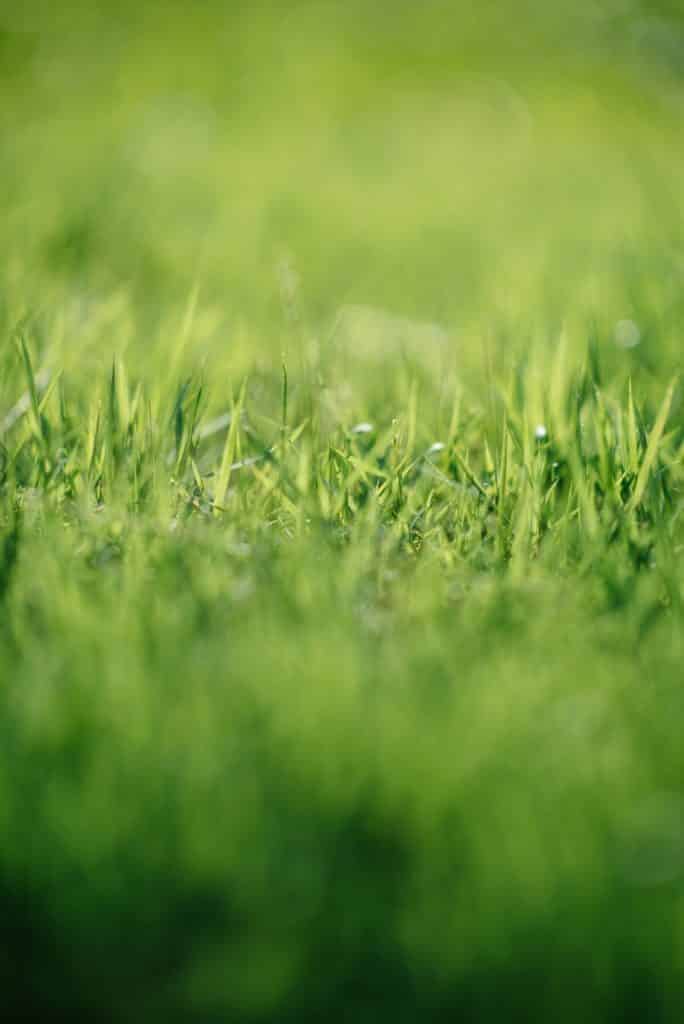
Image via chuttersnap@chuttersnap
Plants do not have a digestive system. This is why they need fertilizers so that they can build larger molecules with the help of smaller particles and makeup health and cover up nourishment requirements. Fertilizers act as a source of these small molecules.
Applying fertilizers has an appropriate time to lend the best result. If it can be used three weeks before the last mopping of the previous year, it is said to deliver better results. These authoritative points are crucial in maintaining the sustenance of the lawn and bringing upon positive noticeable changes.
-
Use a Herbicide Before Emergence of Herbs
The most effective way to control unwanted herbs in a lawn is to apply a pre-emergent herbicide. Herbs generally emerge from seeds broadcasted or planted the previous year. If you can prevent from germinating, then there will be no such menace in the lawn.
The best time to apply herbicide is the spring season. It is because spring is the time of germination or the season just before germination takes place. A single application in spring will ensure an unwanted herb free lawn throughout the rest of the year.
To keep unwanted herbs and weeds at bay, keep your lawn healthy. Maintaining the soil pH level, fertilizing optimally, using local and healthy variants of grass can ensure a lush turf. It also enables the grass to fight better against weed and herb invasion.
-
Maintain the Endemicity
Every inborn or home-grown item needs local touch. This idea doesn’t stay limited to specific fields but spreads through almost every area you tend to work in. In this case, it is maintaining your lawn, which is also a way of supporting mother nature.
The endemicity is an essential part behind growing something naturally, be it a big tree or some small plants. The indigenousness is vital if we wish to keep our lawn long-lasting and retentive of its vigour. It will be wrong to assume that a set of items and living cells is held constant throughout to keep lawns healthy.
Every specific lawn is friendly towards the locally prepared fertilizers, seeds, and whatnot. No set of elements is constant. It is proven that local artefacts are always more potent and effective, compared to externally brought items.
The agriculture is most efficient when its extensions are in close vicinity and locally constructed. The science of this section of nature is area-specific and depend heavily on the roots of its growth.
-
Maintain a proper fertilizing cycle
Fertilizer cycles are vital to maintain and sustain a beautiful and healthy lawn. These are specific schedules of application of fertilizers according to geographic location, soil type, climate and variety of grass.
In a cold climate region, the sowing of seeds should be done in May along with watering and fertilizing. It should also have a one-time application of pre-emergent herbicide. This process should be repeated in June.
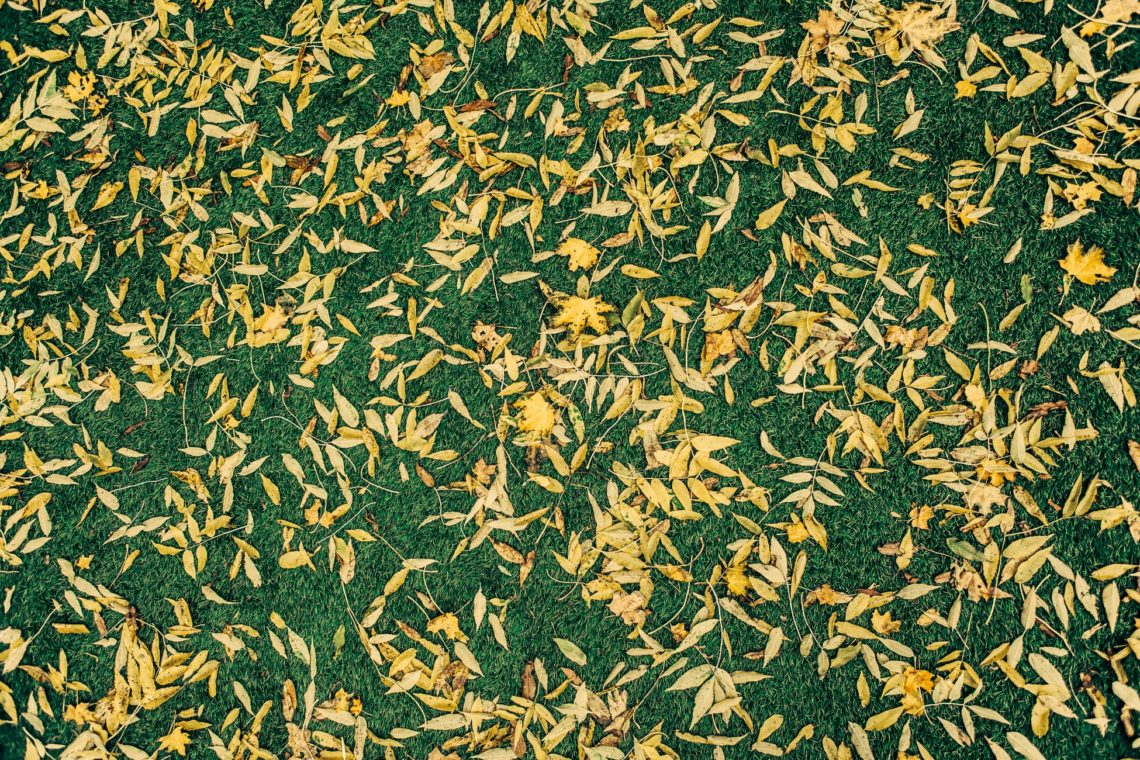
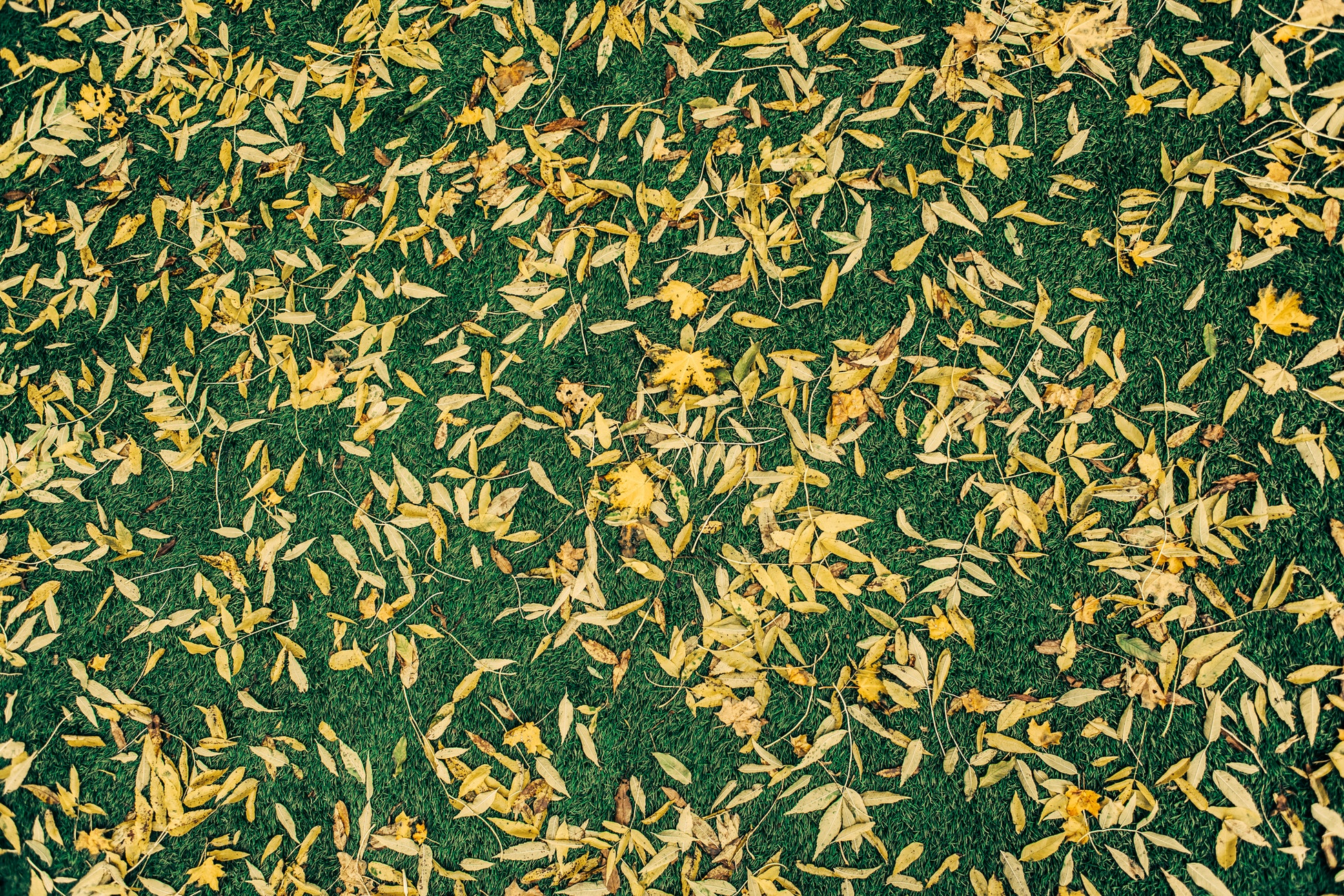

Image via Mikael Kristenson@mikael_k
For summers, take special care of menaces like bugs, ticks, droughts, etc. Special sprays are available to combat the hurdles of this season.
Coming to harsh winters, use specialized fertilizers called winterized fertilizers. These help the grass to grow a system of long and deep roots making them cold resistant. Also ensure that in winters all three macro-nutrients- Nitrogen, Phosphorus, and Potassium are applied with higher abundance of Nitrogen.
-
Use your machine properly
Every item you are about to maintain needs your time and research. Keeping a lawn needs affection. It requires regular care and maintenance. One such topic that it needs your research on is knowing your machinery.
You need a specific type of machine to maintain the health and physical structure of the grass. It’s called mowing machines. You can also call them mopping machines. These machines work manually or electrically. You need to know the overall mechanism of the apparatus and its cutting procedure, keeping in mind the physiological nature of the green bodies.
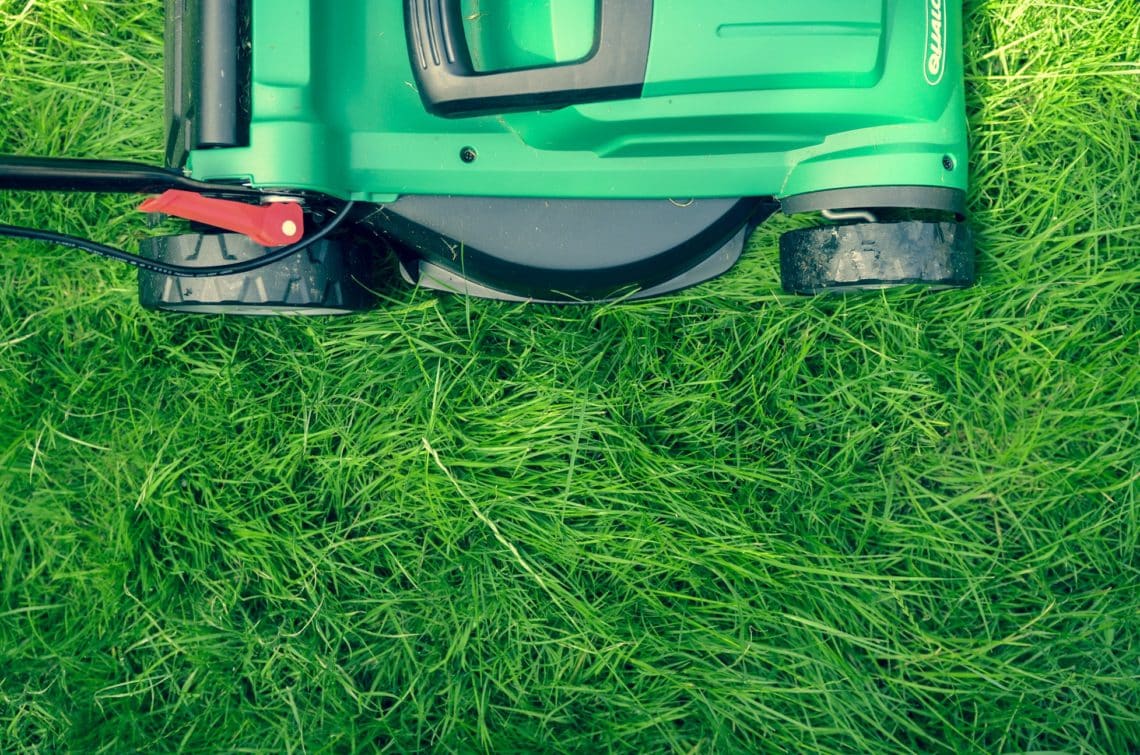
Image via Daniel Watson@danielwatsondesign
Grass of smaller length tends to die out sooner than we expect. Besides this, longer grass becomes more and more susceptible to growing weeds and becoming unhealthy. These simple yet important points shape up the operating routine of the machine.
It’s essential to decide the height of the grass, depending on the science of their growth, and the background geography about their growth. These details keep your lawn hefty, physically.
-
Use natural catalyst
It has been discussed previously that maintaining indigenousness has always been cardinal in preserving the health of the lawn. It holds for the enzymes or substances as well, which accelerate the glooming of the plants and make the nourishment values rich.
We produce a lot of biodegradable wastes daily. These wastes are generated through our kitchen and garden activities, which generally consist of green scraps. These wastes can be used as a helpful material for the sustainability and longevity of your land. Composts can be made from these wastes and can be used as a positive catalyst for the growth of the lawn.

These composts, which are made manually from green wastes improve the drainage of water in the soil, alongside releasing plant nutrients. These actions ultimately put up a barrier against soil erosion. The grass becomes greener as an outcome.
Also, these composts help maintain the correct pH level of the soil. They also attract organisms which are benign to the earth and eventually the nourishment needs.
To Sum It Up
Do not let small natural and human-made glitches keep you from possessing that lush green lawn in front of your house. Gardening/lawn keeping is a very engaging and exciting activity. Once you see your hard work come to life, it will be worth it!
Related Articles
The Different Types of Glow Lights and How to Grow Plants Indoors Without Sunlight
15 Air-Purifying Plants for a Healthy Home
24 Poisonous Garden Plants to Avoid [ With Pictures to Identify Them ]
27 Cool and Free DIY Gazebo Plans & Design Ideas to Build Right Now


